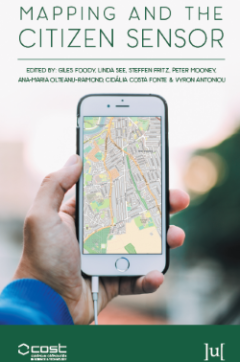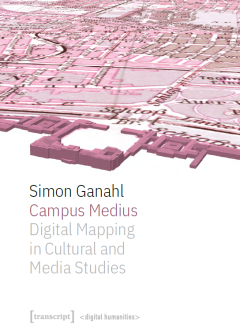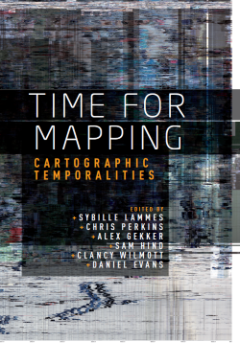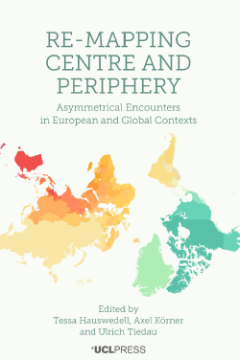Ditapis dengan

Learn With Mind Maps : How to Enhance Your Memory, Take Better Notes, Boost Y…
- Edisi
- -
- ISBN/ISSN
- -
- Deskripsi Fisik
- -
- Judul Seri
- -
- No. Panggil
- 371.33453 Map l
- Edisi
- -
- ISBN/ISSN
- -
- Deskripsi Fisik
- -
- Judul Seri
- -
- No. Panggil
- 371.33453 Map l

Deep Mapping
This book explores the concept of deep mapping, a methodological approach that transcends traditional cartography to capture the multifaceted layers of place, memory, and experience. Through interdisciplinary perspectives, the book delves into how deep mapping enriches our understanding of landscapes, cultures, and identities. It delves into the intricate connections between geography, history,…
- Edisi
- -
- ISBN/ISSN
- 978-3-03842-166-5
- Deskripsi Fisik
- 252 hlm.
- Judul Seri
- -
- No. Panggil
- 526 Rob d

Mapping and the Citizen Sensor
Maps are a fundamental resource in a diverse array of applications ranging from everyday activities, such as route planning through the legal demarcation of space to scientific studies, such as those seeking to understand biodiversity and inform the design of nature reserves for species conservation. For a map to have value, it should provide an accurate and timely representation of the phenome…
- Edisi
- -
- ISBN/ISSN
- 978-1-911529-17-0
- Deskripsi Fisik
- 400 hlm.
- Judul Seri
- -
- No. Panggil
- 526 Map

Campus Medius: Digital Mapping in Cultural and Media Studies
Campus Medius explores and expands the possibilities of digital cartography in cultural and media studies. Simon Ganahl documents the development of the project from a historical case study to a mapping platform. Based on the question of what a media experience is, the concepts of the apparatus (dispositif) and the actor-network are translated into a data model. A time-space of twenty-four hour…
- Edisi
- -
- ISBN/ISSN
- 978-3-8394-5601-9
- Deskripsi Fisik
- 356 hlm.
- Judul Seri
- -
- No. Panggil
- 526 Gan c

Time for Mapping: Cartographic Temporalities
The digital era has brought about huge transformations in the map itself, which to date have been largely conceptualised in spatial terms. Novel objects, forms, processes and approaches have emerged and pose new, pressing questions about the temporality of digital maps and contemporary mapping practices: in spite of its implicit spatiality, digital mapping is strongly grounded in time. This col…
- Edisi
- -
- ISBN/ISSN
- 978-1-5261-2252-0
- Deskripsi Fisik
- 289 hlm.
- Judul Seri
- -
- No. Panggil
- 526 Tim

Re-Mapping Centre and Periphery: Asymmetrical Encounters in European and Glob…
Historians often assume a one-directional transmission of knowledge and ideas, leading to the establishment of spatial hierarchies defined as centres and peripheries. In recent decades, transnational and global history have contributed to a more inclusive understanding of intellectual and cultural exchanges that profoundly challenged the ways in which we draw our mental maps. Covering the early…
- Edisi
- -
- ISBN/ISSN
- 978–1-78735–099-1
- Deskripsi Fisik
- 211 hlm.
- Judul Seri
- -
- No. Panggil
- 526 Hau r
 Karya Umum
Karya Umum  Filsafat
Filsafat  Agama
Agama  Ilmu-ilmu Sosial
Ilmu-ilmu Sosial  Bahasa
Bahasa  Ilmu-ilmu Murni
Ilmu-ilmu Murni  Ilmu-ilmu Terapan
Ilmu-ilmu Terapan  Kesenian, Hiburan, dan Olahraga
Kesenian, Hiburan, dan Olahraga  Kesusastraan
Kesusastraan  Geografi dan Sejarah
Geografi dan Sejarah